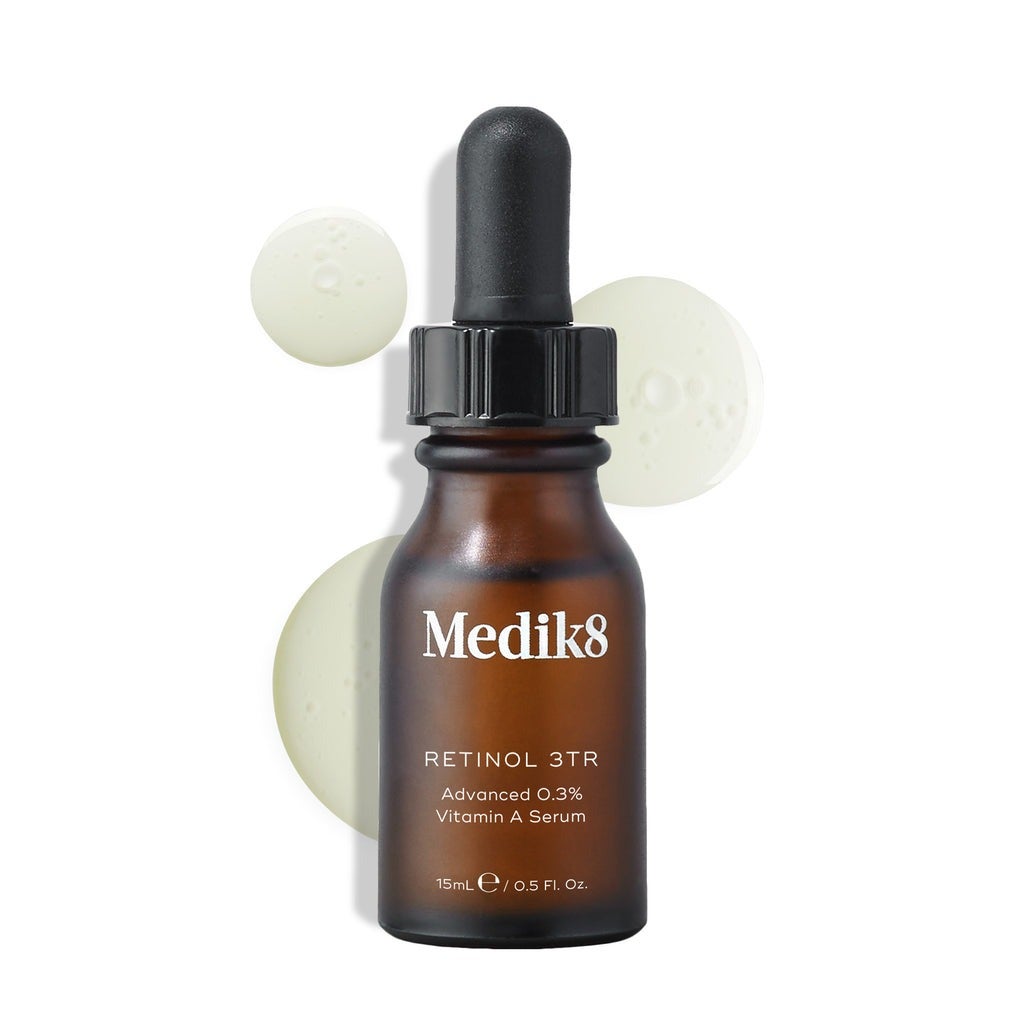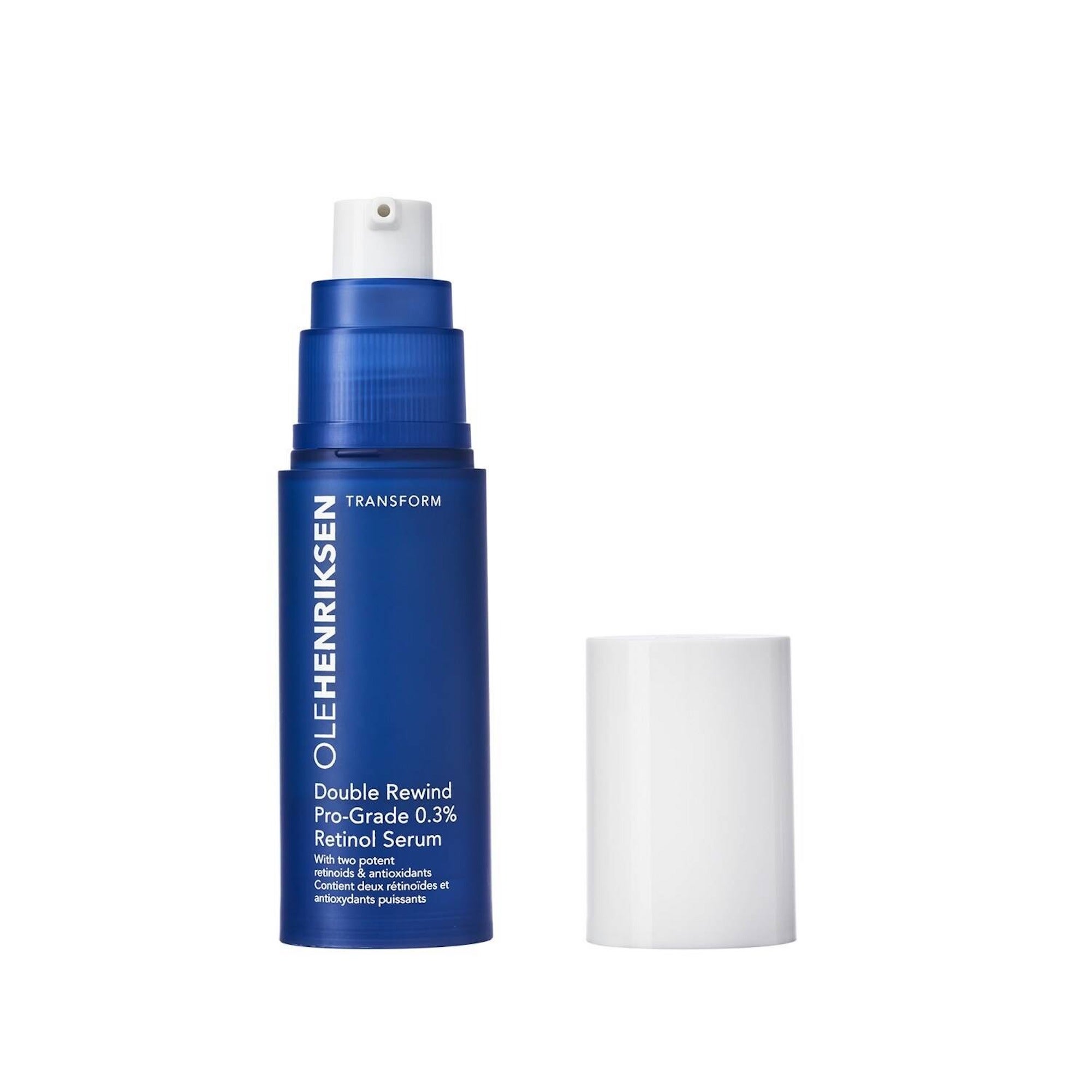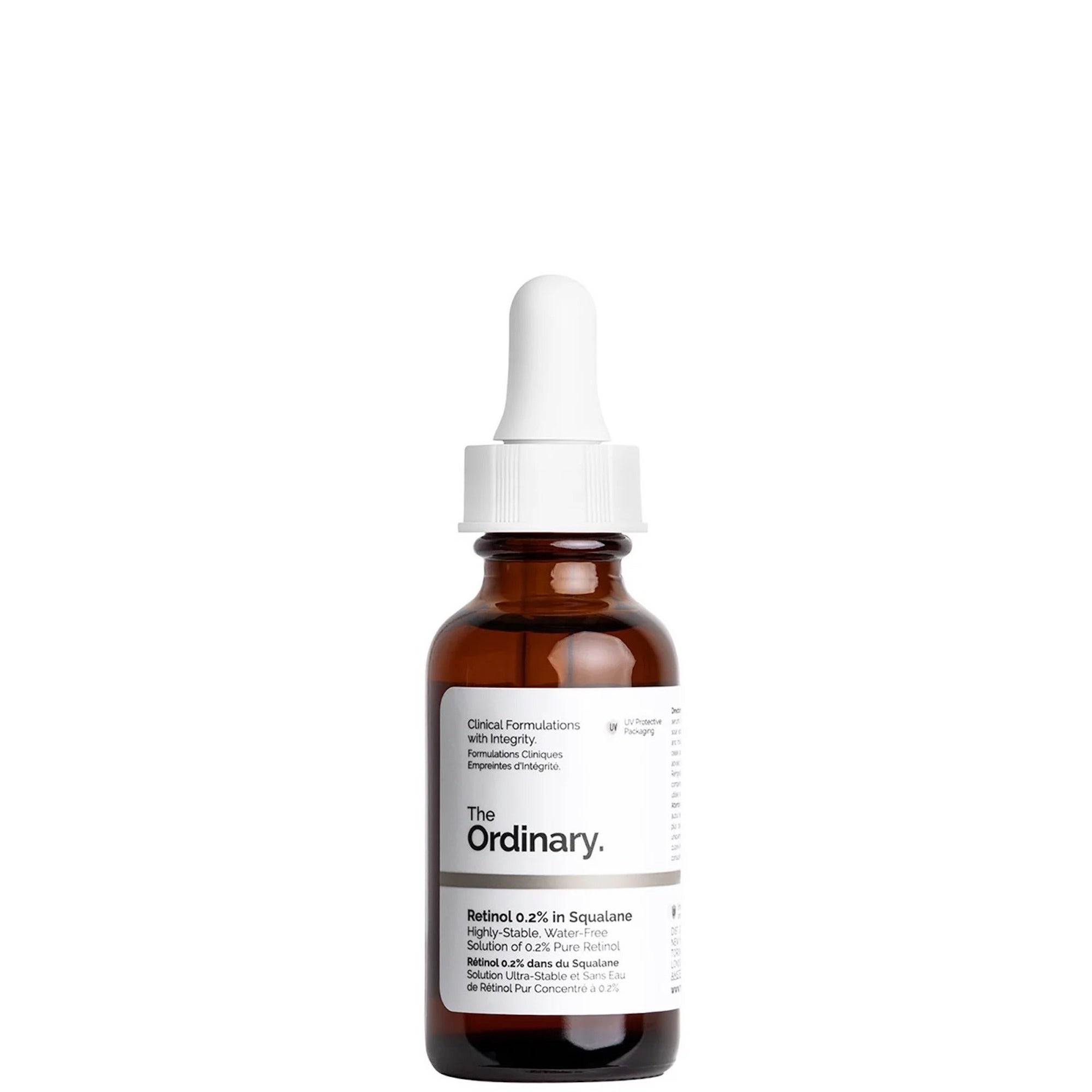Dermatologists Answer The 10 Most Googled Skincare Questions Of 2024
Photographed by Sarah Harry Isaacs.
From the benefits of niacinamide to the most effective acne treatments, we’re all becoming a little more curious about the products and ingredients we’re putting on our faces. And whether you’re serious about skincare or like to keep things simple, chances are you’ve googled at least one of the below questions this past year.
With such a wealth of information out there (and not all of it helpful or trustworthy), it can be difficult to get a straight answer. To make things easier for you, we asked three top dermatologists to tackle the 10 most googled skincare questions of 2024. Their answers are sure to put you — and your skin — in good stead for the year ahead.
AdvertisementADVERTISEMENT
1. “What is fungal acne?”
Dr Anjali Mahto, a consultant dermatologist and founder of Self London, says that fungal acne is a skin condition caused by an overgrowth of a yeast called malassezia, which naturally lives on our skin. It’s actually the same yeast behind dandruff. “[Fungal acne] can occur when sweat, oils or humidity create an environment where the yeast thrives, leading to blocked hair follicles and inflamed pustules,” adds Dr Mahto.
It looks a little different from “typical” acne. “Fungal acne often presents as small, uniform, itchy pustules, commonly on the forehead, chest and back,” says Dr Mahto. Accordingly, treatment for fungal acne is also very different. “It typically involves antifungal creams or oral medications, rather than conventional acne treatments like benzoyl peroxide or salicylic acid, which may potentially worsen the condition.”
Besides showering straight after a sweaty workout and avoiding tight clothes, some experts also recommend using a medicated shampoo — containing the ingredient ketoconazole — as a face or body wash. But Dr Mahto stresses that having a consultation with a doctor or dermatologist is key to accurately diagnosing the condition.
2. “Does Sudocrem help acne?”
On the topic of acne, is Sudocrem — aka nappy rash cream — beneficial for breakouts?
“Sudocrem [...] may have some benefits for acne due to its zinc oxide content, which has mild anti-inflammatory properties,” says Dr Mahto, meaning it can help quell redness and irritation. Dr Mahto adds that Sudocrem can also absorb excess oil on the face, but it's not specifically formulated to treat acne. “While it might offer temporary relief for some, it's not as effective as proven acne treatments like benzoyl peroxide or salicylic acid” — an acid that exfoliates skin and breaks up the paste-like mixture of oil, dead skin cells and dirt that clogs pores. In short? “Sudocrem may be helpful in soothing acne flare-ups,” says Dr Mahto, “but it should not be relied upon as a primary acne treatment. It's certainly not something I recommend to my patients.”
AdvertisementADVERTISEMENT
3. “Can you tan with SPF 50?”
If you’re an R29 regular, you’ll already know our stance on tanning. Besides signs of premature ageing like pigmentation and wrinkles, UV rays increase your risk of developing skin cancer. As such, we advise against sunbathing and tanning beds. But suppose you’re somewhere hot; it’s pretty impossible not to catch a little sun — even if you are slathered in sunscreen from head to toe.
Consultant dermatologist Dr Derrick Phillips says: “Yes, you can still tan while wearing SPF 50 sunscreen. It blocks 98% of UVB rays, helping to prevent sunburn and skin damage, but some UV rays can still penetrate and stimulate melanin production, resulting in a tan.” He adds that no sunscreen blocks 100% of UV rays. Dr Phillips always recommends seeking shade where possible. “If you are going to be out in the sun, also make sure you reapply your sunscreen every two hours for optimal protection,” he says.
4. “What is tretinoin?”
Dr Mahto explains that tretinoin is a topical retinoid — an umbrella term given to different strengths of vitamin A. “It is used to treat acne, reduce fine lines and improve skin texture,” says Dr Mahto. “It works by speeding up cell turnover, preventing clogged pores and promoting skin renewal.”
Currently, tretinoin is only available as a prescription skincare treatment in the UK, prescribed by a qualified doctor, which leads nicely onto the next question...
5. “How do you use tretinoin cream?”
AdvertisementADVERTISEMENT
To use tretinoin cream, Dr Mahto advises starting with clean, dry skin. “Apply a pea-sized amount to the affected areas in the evening, avoiding sensitive areas like the eyes and lips,” she says. “Begin with a few times a week and gradually increase use to daily as your skin builds tolerance.” The next steps are pretty crucial. “Always follow with a moisturiser and use sunscreen during the day, as tretinoin increases sun sensitivity,” adds Dr Mahto.
6. “Can I use niacinamide with retinol?”
Niacinamide is a form of vitamin B3, says Dr Zainab Laftah, consultant dermatologist at HCA The Shard. It has numerous benefits like reducing excess oil production and protecting the skin barrier (the outermost layer of skin), and Dr Laftah says that it’s also known for its anti-inflammatory and soothing properties. “This can help reduce the irritation that retinol might cause, such as redness or dryness,” says Dr Laftah. “Dermatologists often recommend combining niacinamide and retinol together in a skincare routine,” such as using niacinamide in the daytime underneath sunscreen and retinol at night. “Both actives together can improve skin texture, tone and hydration,” says Dr Laftah, “but it’s advisable to introduce both products into your skincare routine gradually, starting with a lower concentration of retinol. Also, monitor the skin for any signs of irritation.”
When it comes to layering the ingredients, Dr Laftah says you can apply a niacinamide serum, then your retinol. If both products are new in your skincare routine, she suggests starting with just one serum before introducing the second serum because high concentrations of retinol and niacinamide can cause irritation in some people. As always, listen to your skin.
AdvertisementADVERTISEMENT
7. “Do sunbeds give you vitamin D?”
Due to a lack of sunlight, especially in the winter months, vitamin D deficiencies are common in people in the UK. As such, you might’ve heard that sunbeds provide a good vitamin D fix. Experts are conflicted but according to the American Academy of Dermatology, it’s not possible to get enough vitamin D from a sunbed considering that they mostly emit UVA. To create vitamin D, UVB is needed.
“Regular use of sunbeds before the age of 35 increases the risk of melanoma by 75%,” adds Dr Phillips, so any potential benefits are outweighed by this very real danger. “If you are worried about low vitamin D levels, supplementation offers a safe and effective method of replenishing vitamin D without exposing your skin to harmful UV rays,” he says.
8. “Is sunscreen bad for you?”
“Sunscreen is not bad for you,” says Dr Phillips. “It helps to maintain skin health by protecting against harmful UV rays that cause sunburn, damage skin cells, accelerate skin ageing and cause mutations that can develop into skin cancer,” he continues.
So where did this school of thought come from? It seems to be linked to the “clean” beauty movement, which has demonised synthetic ingredients like parabens, silicones and chemical UV filters. These filters absorb UV rays before they can damage skin cells. Dr Phillips points out that there is no evidence to suggest that chemical filters are harmful to humans. “Sunscreens are highly regulated products and undergo rigorous safety testing before they can be sold to the public,” he says.
AdvertisementADVERTISEMENT
If you still have reservations about chemical filters, mineral (or physical) sunscreens are a good alternative, adds Dr Phillips. “They contain zinc oxide and titanium dioxide nanoparticles that sit on top of the skin and are not absorbed.” Essentially, they deflect UV rays. Many sunscreens contain a combination of mineral and chemical filters, adds Dr Phillips.
9. Can you buy hydrocortisone cream over the counter? How do you use it?
“In the UK, 0.5% hydrocortisone cream is available over the counter and can be used to reduce inflammation, redness and itching caused by conditions like eczema or insect bites,” says Dr Laftah. “To use it, apply a thin layer to the affected area once or twice a day, following the instructions on the packaging or as advised by a healthcare professional,” she continues. Misusing the ingredient can have consequences for your skin. “While hydrocortisone is generally safe for short-term use, it should not be applied to broken or infected skin, on the face (unless directed by a doctor), or over large areas for prolonged periods due to potential side effects like skin thinning,” warns Dr Laftah. She suggests consulting a doctor if you have concerns or if your symptoms continue.
10. What does retinol do for your skin?
From serums to creams and even shower gel, there’s a reason why skincare brands are seriously into retinol. “Retinol — a potent form of vitamin A — is effective for treating a variety of skin concerns, including hyperpigmentation, acne and early signs of ageing,” says Dr Laftah. It does this by promoting skin renewal, increasing cell turnover. “[This helps] prevent clogged pores and reduce acne breakouts, while also stimulating collagen production to smooth fine lines and wrinkles,” adds Dr Laftah.
AdvertisementADVERTISEMENT
However, there are often side effects. Depending on the strength, Dr Laftah stresses that retinol can cause dryness, irritation or redness when first introduced into a skincare routine. “For this reason, it’s important to start with lower concentrations and build up gradually,” advises Dr Laftah. If you’re a beginner, consider starting at a concentration level of 0.1% to 0.3% retinol.
Try Medik8 3TR Advanced 0.3% Vitamin A Serum, £34, Ole Henriksen Double Rewind 0.3% Pro-Grade Retinol Serum, £59, or The Ordinary Retinol Serum 0.2% in Squalane, £7.40, if you’d rather spend less.
AdvertisementADVERTISEMENT









